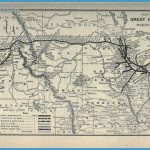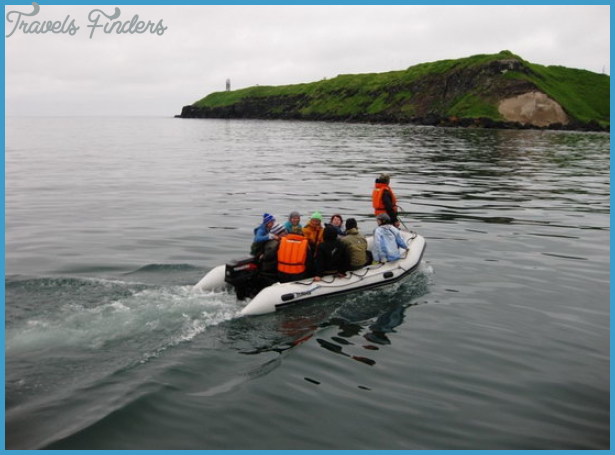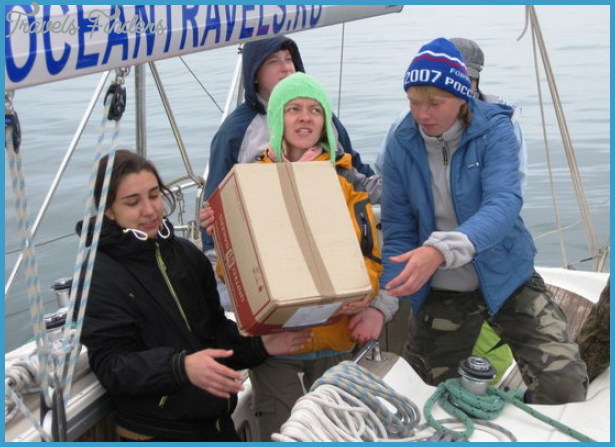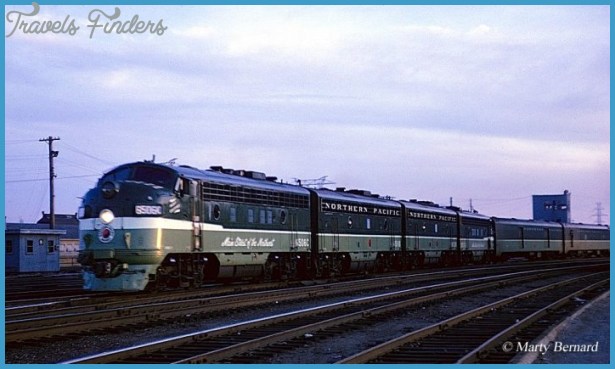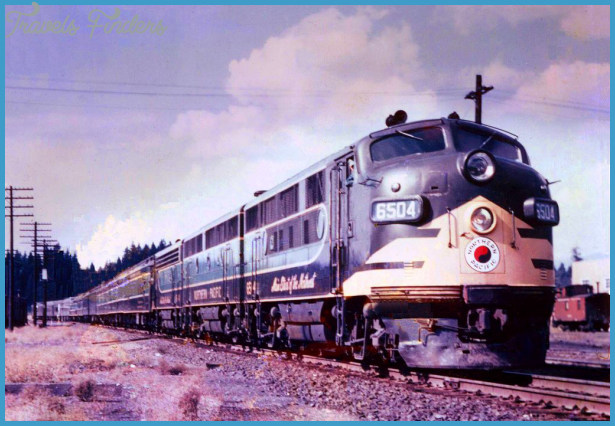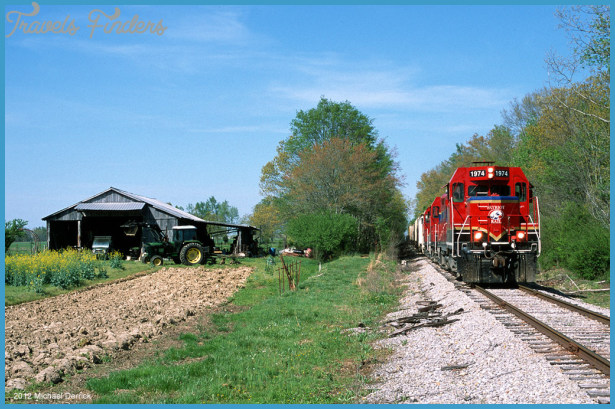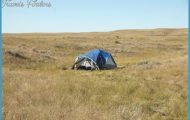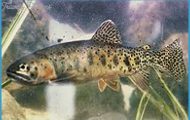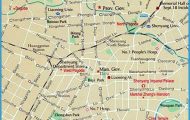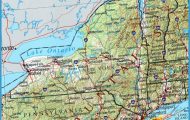Trout Creek is an excellent example of meanders, or the windings a stream forms when it flows across nearly level ground. As the water flows through this remnant of the former lake bottom, it gradually cuts through the glacial till and lake sediments. If the river encounters a small obstruction, it goes around it. As a curve develops, the water flows faster on the outside of the curve, cutting still further, while on the inside of the curve, where the water flows slower, a sandbar of deposited sediment builds up. Many years ago people noticed how Trout Creek’s meanders ( resemble the Chinese yin and yang symbol, which represents the passive and active forces of the universe. In 1893, the Northern Pacific Railway, which brought tourists from the eastern U.S. chose the thousand-year-old yin-yang symbol for the logo of their Yellowstone Park Branch Line, proudly pointing out that the same symbol was found in Yellowstone.
The word meander comes from the Meander or Menderes River in western Turkey (ancient Phrygia), proverbial for its windings. Near Trout Creek, the stagecoach road led across the Central Plateau west to Lower Geyser Basin. This road, completed in 1880, was used until the road from the Upper Geyser Basin to West Thumb over Craig Pass replaced it as the main route in 1892. Today there’s only a faint trace of the 1880 road’s eastern end. 7.8/7.6 Trout Creek crossing. 9.6/5.8 Turnout on the east above a large meander in the Yellowstone River. Called Grizzly Overlook, this is a good place to spot wildlife. It’s also the best place to see the Sour Creek dome [GEO.26], a geologic feature. As you face the river with Mount Washburn to the left, the Sour Creek dome’s center forms part of the eastern horizon. Due to a landslide in the 1970s, Trout Creek’s meanders now differ greatly from this 1930s sketch.





